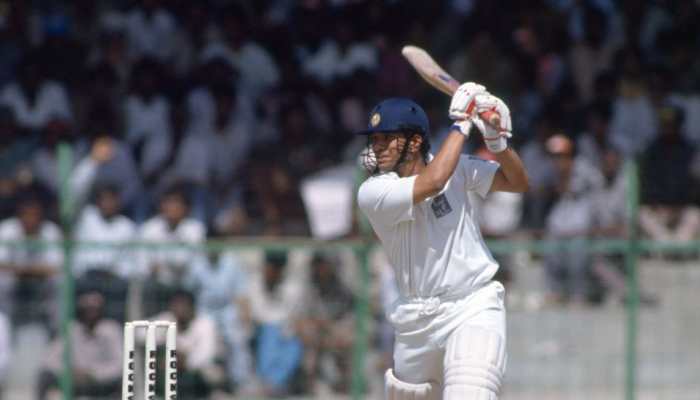'Fat boy' GSLV MkIII-D1 launch: ISRO's most crucial mission in last three decades
The mission is so significant for India, mainly, because of the cryogenic engine that is powering the rocket, using liquid oxygen and liquid hydrogen as propellants.
Trending Photos
)
New Delhi: The successful launch of India's heaviest rocket, GSLV Mk III-D1, on Monday, June 5, 2017, ushered a new era for the Indian space agency, enabling it to launch heavier payload satellites.
The mission, which was the first “developmental” flight of the next generation Geosynchronous Satellite Launch Vehicle, called GSLV-MkIII-D1, is perhaps the most crucial mission in the last three decades for ISRO who has been working on this project since 2002.
The mission is so significant for India, mainly, because of the cryogenic engine that is powering the rocket, using liquid oxygen and liquid hydrogen as propellants.
Moreover, the GSAT-19 satellite - powered with indigenously-made Lithium-ion batteries - will open lot of vistas in internet communication.
Weighing 3,136-kilogram, the GSAT-19 satellite is the heaviest satellite made and launched from our own soil till date.
The successful launch of the GSLV-MkIII-D1/GSAT-19 is so satisfying as the rocket is totally homegrown.
How the GSLV programme started?
ISRO initiated the The Geosynchronous Satellite Launch Vehicle (GSLV) project 1990 with the objective of acquiring an Indian launch capability for geosynchronous satellites.
GSLV uses major components that are already proven in the Polar Satellite Launch Vehicle (PSLV) launchers in the form of the S125/S139 solid rocket booster and the liquid-fueled Vikas engine. The third stage was procured from Russian company Glavcosmos based on an agreement signed in 1991.
However, after the US imposed sanctions on India in 1992, Russia backed out of the deal. Following the US sanctions, ISRO started the Cryogenic Upper Stage Project in April 1994 and began developing its own cryogenic stage.
Later, in an alternative arrangements, Russia agreed to sell 7 cryogenic stages and 1 ground mock-up stage instead of 5 cryogenic stages and the technology to build the stages.
These engines supplied by Russia were used in the initial flights of first and second generation GSLVs (Mk-I and Mk-II). The first development flight of GSLV Mk.I (GSLV-D1) was launched on 18 April 2001.
Two launches of second generation GSLV rockets in 2010 failed. The first flight of the GSLV Mk.II, with an Indian-developed third stage engine failed to ignite in the third stage. The next launch, in December 2010, used the Russian engine, however the vehicle went out of control during first stage flight and was destroyed by range safety.
The first breakthrough, yet successful flight of the GSLV Mark.II happened in 2014 when the GSLV-D5 was launched on 5 January, using the indigenously developed cryogenic engine, the CE-7.5.
On September 8, 2016, the GSLV-F05, carrying 2211 kg satellite INSAT-3DR, was successfully launched from Sriharikota.
In a latest, the GSLV-F09 that launched the GSAT-9 -- the South Asian Satellite -- on May 5, 2017, was one of the three successful launches of second generation GSLV (Mk-II).
The GSLV MkIII-D1/GSAT-19 mission has opened up a number of opportunities for the Indian space agency. It has also set the stage for the Indian Space Research Organisation (ISRO) in its manned mission.
Weighing 640 tonnes and standing 43.43 metres tall, ISRO's 'fat boy' GSLV MkIII-D1 is capable of lifting payloads of up to 4,000 kg into the Geosynchronous Transfer Orbit (GTO) and 10,000 kg into the Low Earth Orbit.
ISRO will now work on launching vehicles with "electric propulsion system" so that large satellites can be sent into space by the agency.
Stay informed on all the latest news, real-time breaking news updates, and follow all the important headlines in india news and world News on Zee News.
Live Tv







)
)
)
)
)
)
)
)
)
)
